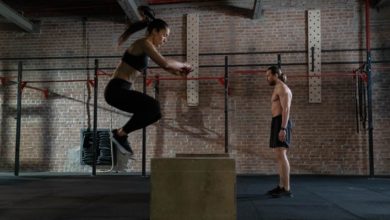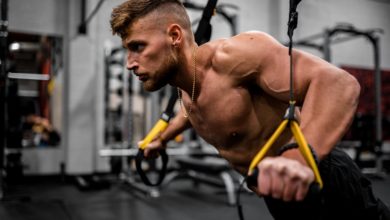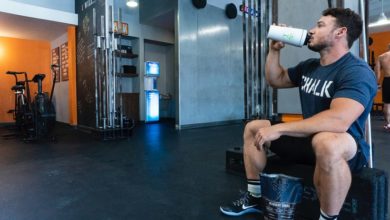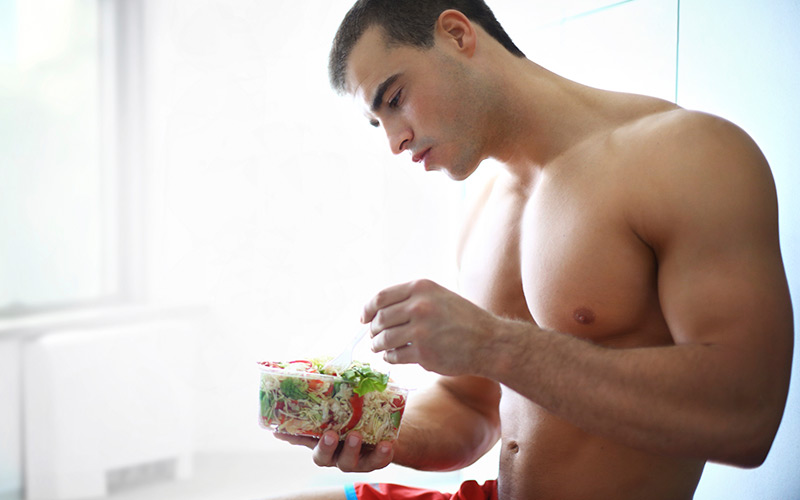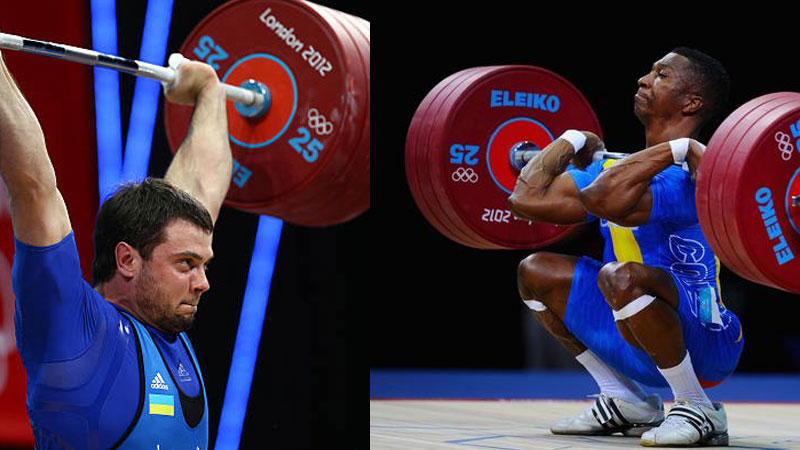
Olympic lifting is a great sport for improving strength, power and all-round athleticism. But if you’ve got the flexibility of a arthritic old tin man you’ll soon find it gets the best of you.
Whether it’s because of CrossFit or purely that people love lifting heavy sh*t (amen), ‘oly lifting’ as it’s become known as, is as popular as it’s ever been in the US.
And as avid lifters ourselves we think it’s great to see you bros moving away from biceps curls and diving head first into a good, deep snatch.
Or for those who don’t get any good snatch – a strong jerk each night.
Giggity.
But if you’ve currently not got the flexibility and range of motion to Oly lift, you just look like you’re having a stroke mid-rep. Your technique is poor and you’ll not get that PR you’re trying to hit.
Chances are you’ll get injured eventually too.
If you want to get backstage and see which Olympic weightlifting stretches you should be doing, come with us…
Why aren’t you Olympic weightlifting brah?
Hopefully you’re here because you’ve already started implementing Olympic weightlifting into your workouts.
A real athlete understands the benefits of shifting heavy weights at high velocity. And if you’re a veteran of the snatch and clean and jerk you already understand how they can make you faster, stronger and more athletic.
If you’re weighing up your options though and only just considering taking up this brutally effective style of training, here’s why you should program it in.
The benefits of Olympic weightlifting
When it comes wide-ranging performance benefits, there’s no other method of strength training that gets you as powerful as Oly lifting.
And it’s not even a sport that’s hard to get into either.
You just need to learn each technique, find a barbell (and maybe some proper lifting shoes if you’re getting serious) and off you go.
- Improved power – Squats and deadlifts are great for strength, but being able to move heavy weights at high speed helps to ramp up force explosiveness and fuarking raw power.
- Better body composition – Okay, so there’s not as much volume or time under tension compared to regular strength training, but the shear work needed to move those bars really helps to get you jacked.
- Faster sprinting power – Research shows that adding Olympic weightlifting into a strength program boosts both acceleration and top-end speed.
- Higher jumping ability – Olympic weightlifting forces you to apply force through the ground. And without wanting to get all nerdy, Newton’s laws suggest that the harder you drive through the floor, the higher you’ll jump (remember “for every action there is an equal and opposite reaction” from high school physics?)
- Improved skill and co-ordination – There’s a reason why the snatch and clean and jerk are Olympic sports. They’re hard as hell. They involved high levels of intra- and inter-muscle co-ordination and skill that crosses over to hundreds of different sports. When was the last time you saw a bicep curl comp in the Olympics?
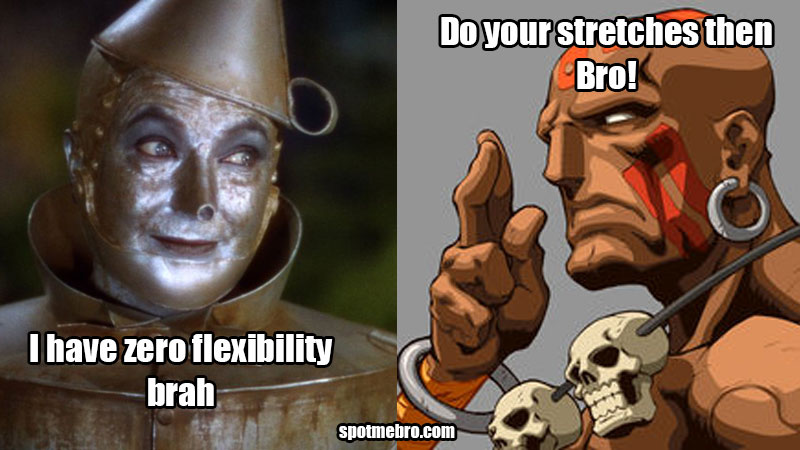
Olympic weightlifting stretches you should be doing to improve your lifting
Although there are loads of benefits to Olympic weightlifting, you’ll only get them if you can actually move well.
Hit the gym with no flexibility and you can wave goodbye to most of the benefits of this uber-cool sport.
So if you need to start getting some range in your motion and movement in your joints, check out these stretches you should be doing…
#1. Shoulder dislocations
Catching or snatch or even overhead squatting can both be limited by shoulder and pec flexibility.
Shoulder dislocations are a great range of motion flexibility exercise that can improve performance, enhance shoulder girdle health but also reduce the likelihood of injury too.
They look kinda freaky.
But kinda cool too.
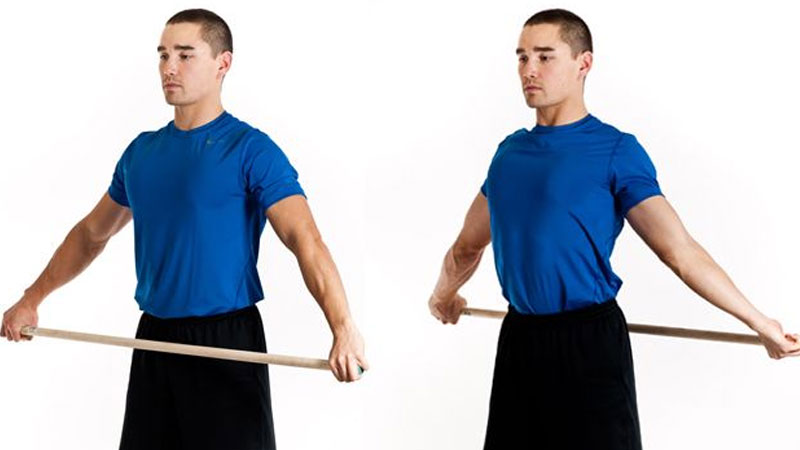
- Grab a training bar, stretch band or broomstick (has to be long enough to hold with a wide grip).
- Loosely grip the bar and get into a snatch-width position. Your elbows are locked out and your upper body is relaxed.
- Flex your shoulders so that the bar travels upward in an arc above your head.
- Continue behind your head in a similar arc as far as you can go. You’re aiming to pull the bar down toward your ass.
- It helps to retract your shoulder blades slightly as you move the bar past your head. Don’t arch your back and make sure the get an active stretch on your front delts and chest.
#2. Couch stretch
Bottom line is that tight hips put the brakes on maximum force and power during the big Oly lifts.
If you suffer tight quads or hip flexors you might find that you can’t ‘sit in the hole’ during your squat.
Ignore it and your tight hips could create issues for your depth and pelvis stability. It could also force your lower back to work harder as you’ll more than likely lean forwards when you receive a snatch or clean.
To be completely honest bro, it’s a pretty horrible stretch to perform.
It gets you right across your quads as well as up there in your hips too.
But if you want to push past discomfort and nail those Olympic weightlifting drills this big guy is the one you need.
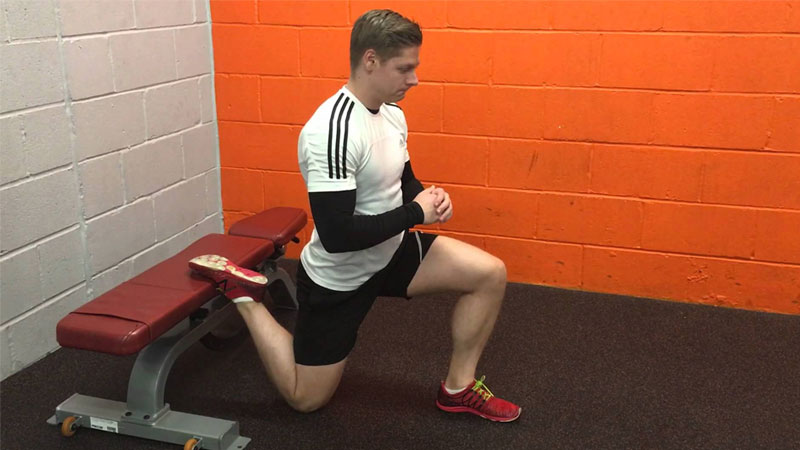
- Get down on your hands and knees and push your foot against a wall, bench or couch.
- Keeping one knee on the floor, slide back until the top of your foot and shin is flat against the wall.
- This is the tricky part – step forward with the opposite leg until you are in a hurdle position. You’ll find that small steps with your lead foot in a semi-circle help to move into position.
- Lift your torso up and take your hands from the floor. Your ankle, knee and hip on your rear leg should be in line.
- Enjoy a brutal stretch on that rear leg quad and hip.
#3. Cossac squat
Fancy some Ukranian shumka dancing as part of your warm up?
No, us neither bro.
But as stretches go, the Cossac squat is a surefire prep tool for great Olympic weightlifting. Just without the stringed kobza music playing in the background.
Strength and flexibility go together like peanut butter and jelly. Or vanilla whey and dark chocolate.
Cossac squats tread the line between a great stretch for your hips and inner thigh, while starting to jack up the intensity ready for some real Olympic weightlifting work.
This is a great dynamic stretch to work out the kinks in your hips. It also forces your ankles and even upper body to work hard too.
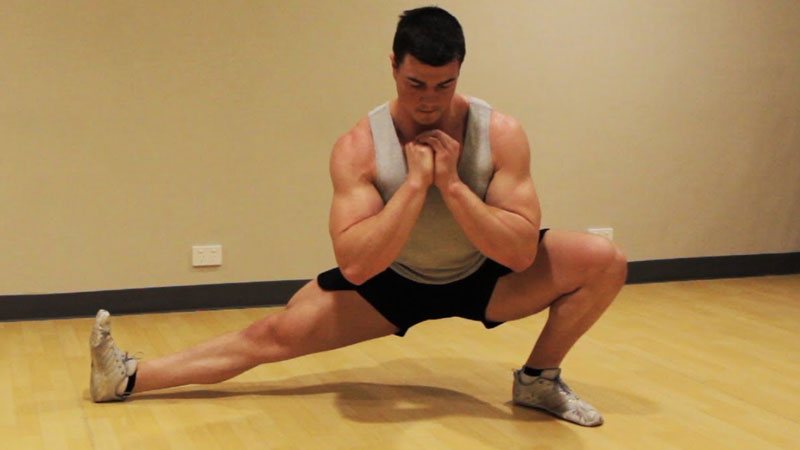
- Stand with your feet wide apart – similar to a sumo squat position.
- Squat to the left, bending the left knee but keeping the right knee locked.
- Keep the weight through the left heel and pivot your right foot so that only the heel is contact with the ground.
- Aim to go as low as feels possible.
- Change sides and repeat.
#4. Calf stretch and ankle mobility
One of the biggest limiting factors in hitting good squat depth is ankle flexibility.
Greater lower leg mobility allows your knees to move forwards during the bottom end of the squat – and that in turn helps you keep your back straight.
If the ankle won’t budge, you’ll end up rounding out your spine and looking like Monty Burns.
Additionally, if you feel like your weight is shifting onto your toes when you overhead squat, you’ve probably got poor ankle mobility and calf flexibility.
You’ll have to pull the bar higher in order to get under it because you can’t catch it in the low position. You’ll soon struggle to get a PR because you’re having to work twice as hard as you should be.
There are loads of ways to stretch your ankle muscles and calves off, but we really like this one.
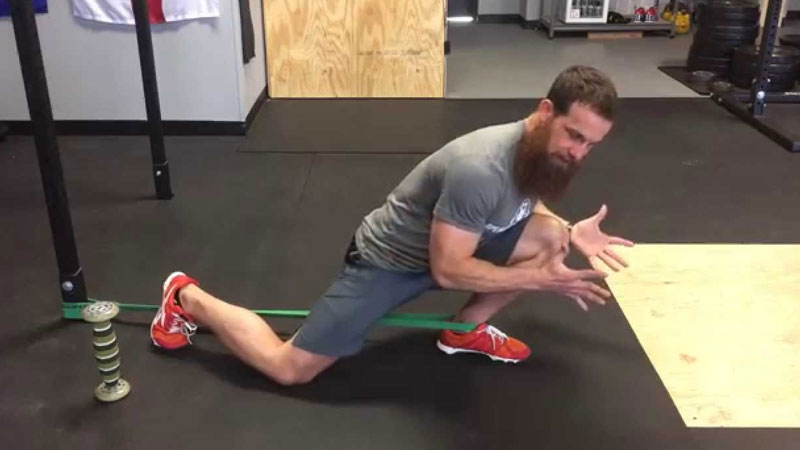
- Get a stretch band and attach it to a fixed machine or something sturdy.
- Put your foot through the band, in the fold of your ankle.
- Step out so that there is tension on the band.
- Keep the heels and toes of the front foot flat against the floor.
- Aim to gradually work the knee in front of the big toe, keeping good alignment. Push your body weight over your ankle until you feel the stretch.
- Either hold for 10-30 seconds x 2 or complete 20 x 2 dynamic reps.
Note: You can still do this drill, even if you haven’t got a stretch band.
Summary – the Olympic weightlifting stretches you should be following
Olympic weightlifting is a great way of training for strength, power and speed. If you want to be a world class athlete, you should integrate both the snatch and clean and jerk into your program.
The stretches we’ve talked about in this article are the ones you should be following to help maintain flexibility, or even improve it.
So if you move like Dorothy’s tin man and need some il in your joints, these are guaranteed to get you moving like Dhalsim brah.
